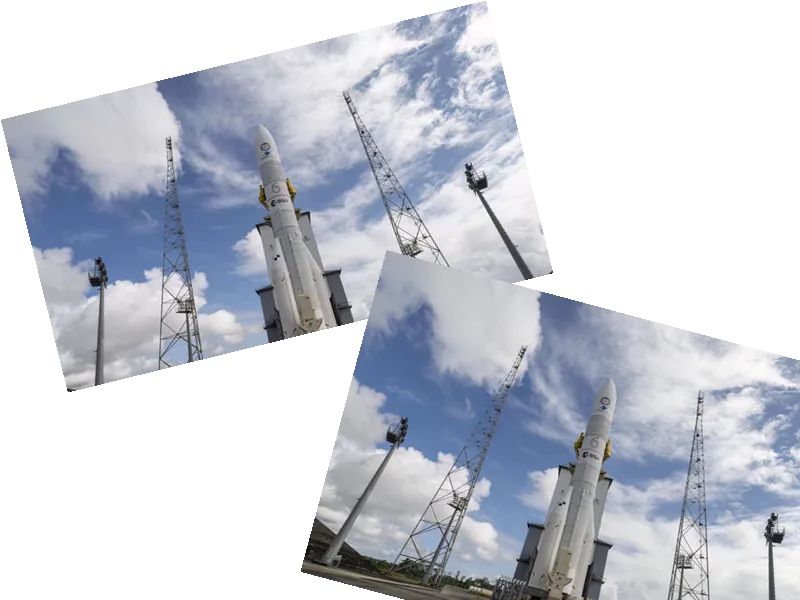Ariane 6 Launch: A New Era for European Space Exploration
The Ariane 6 launch vehicle, developed by the European Space Agency (ESA), successfully embarked on its maiden flight from the Kourou spaceport in French Guiana. This launch marks a significant milestone for European space travel, aiming to restore independent access to space for Europe, which has been missing since the last Ariane 5 launch in July 2023.
Technological Advancements and Strategic Importance
The Ariane 6 boasts several technological improvements over its predecessor, including a re-ignitable upper stage powered by the Vinci engine, which can be ignited up to four times. This feature allows the rocket to deliver satellites to multiple orbits, enhancing its versatility and efficiency. The inaugural flight carried several payloads, including the Nyx Bikini re-entry capsule from The Exploration Company, and the small NASA radio wave satellite Curie. Despite its advancements, the rocket has faced criticism for not being reusable, a feature that has given SpaceX a competitive edge in the market.
Financial and Geopolitical Implications
The development of Ariane 6 has not been without challenges, including delays and significant cost overruns, culminating in a total budget of nearly 4 billion euros. Germany and France have been the primary financial contributors. The ESA plans to use the Ariane 6 until at least the mid-2030s, with future plans for a reusable rocket. The launch is seen as a strategic move to ensure European countries have independent access to space, without relying on allied powers or private companies. Despite criticisms, the first 30 flights of Ariane 6, including missions for Amazon's Kuiper project, are already sold, indicating strong market demand.
- The Ariane 6 launch sequence is meticulously planned, with key stages including the ignition of the Vulcain 2.1 engine, separation of boosters, and multiple ignitions of the Vinci engine. The rocket aims to reach a circular orbit at 580 kilometers above Earth, with an inclination of 62 degrees to ensure visibility from monitoring stations across four continents.
- The ESA is also focusing on sustainability, with plans to reduce greenhouse gas emissions through the development of a hydrogen electrolysis manufacturing plant at the Kourou spaceport. The Ariane 6's upper stage is designed to re-enter the atmosphere and fall to Earth, minimizing space debris.
- Despite the advancements, the Ariane 6 is not designed to carry astronauts, a capability Europe still lacks. Currently, European astronauts depend on American or private companies like SpaceX for space travel. The ESA's long-term goal includes developing a reusable rocket to stay competitive in the evolving space industry.






